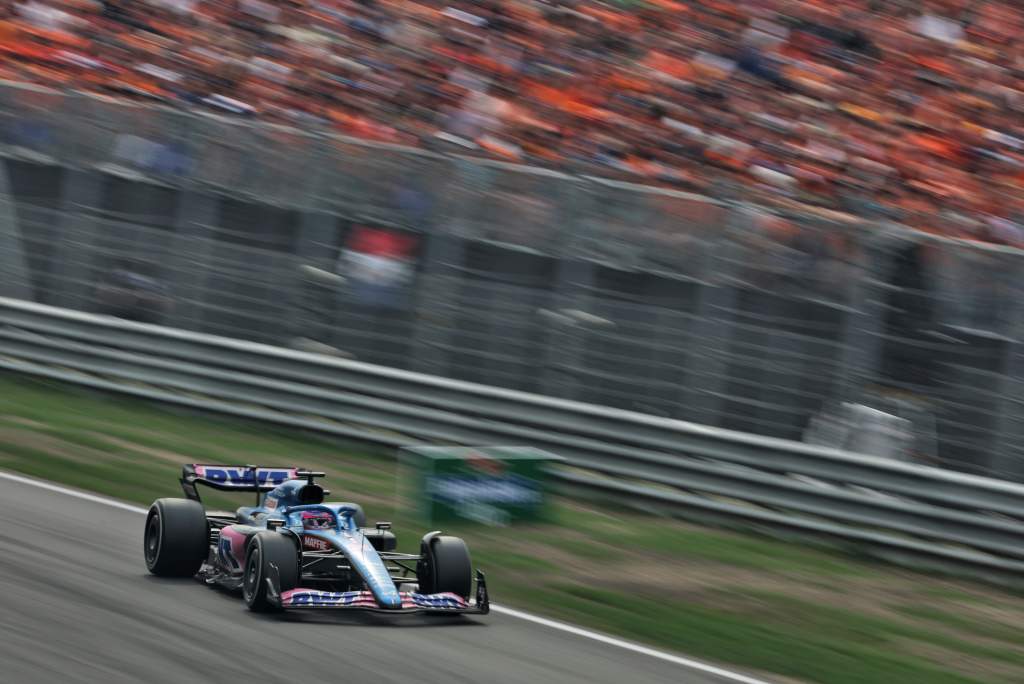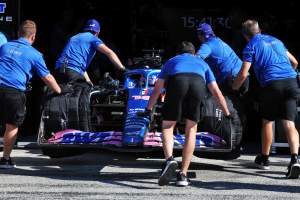Up Next

Alpine’s impressive recovery in the Dutch Grand Prix was owed to a degree of fortune but also a strategic choice other Formula 1 teams feared.
The Renault works team strengthened its grip on fourth place in the Formula 1 constructors’ championship with a double-points finish despite both cars starting outside the top 10.
Esteban Ocon and Fernando Alonso were a deceptive 12th and 13th on the grid, with Alonso particularly out of position as he felt he had the pace to challenge for a third- or fourth-row start were it not for being baulked by Red Bull driver Sergio Perez in Q2.
That meant it was likely both cars could make progress although Alonso claimed Alpine’s expectation was that a lower points finish – he said ninth – was most likely.
Alonso made it to sixth, though. The late safety car vaulted him ahead of McLaren’s Lando Norris, a welcome bonus in Alpine’s championship fight, while Carlos Sainz’s five-second penalty gave Alonso another place.
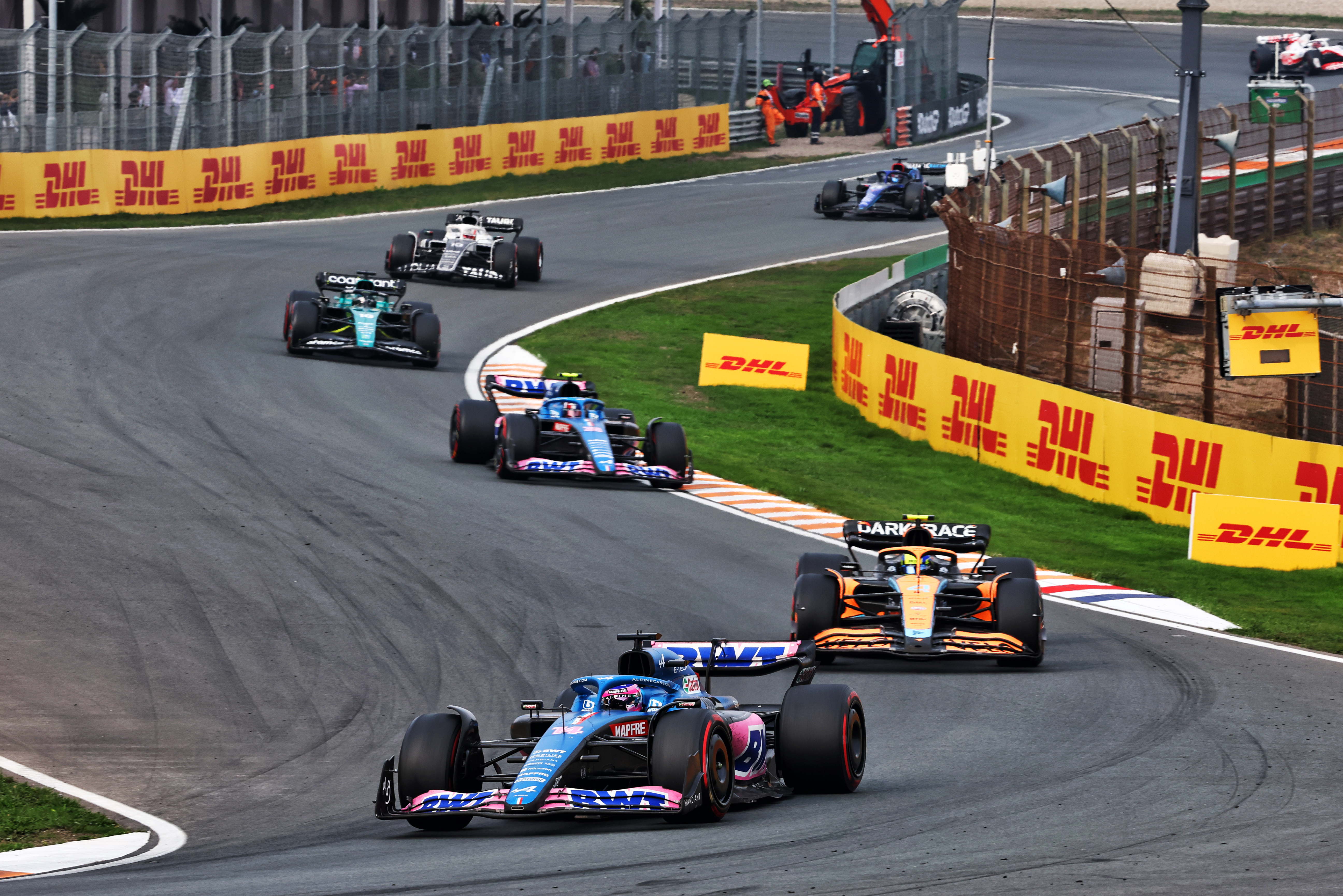
This was what Alpine sporting director Alan Permane called “the icing on the cake” but the bulk of the work had been done with a strong middle stint on hard tyres – a compound few teams, if any, were expected to run in the grand prix.
“Other people were a bit scared of the hard,” explained Permane.
“And it was the opposite for us. We were scared of the medium. We’d run it with Fernando on Friday, and he didn’t like it at all. And we had quite liked both the soft and the hard.
“So, we built our strategy around those two tyres. And we hadn’t planned to use the medium at all.”
Tyre supplier Pirelli’s calculations for the four fastest strategies completely omitted the hard compound.
But by the end of the race, such was the pace of the Alpines (and Norris, it should be said) after their first pitstops, the majority of the grid had used the white-walled tyres at some point.
Alonso made ground early on by clearing the two AlphaTauris then made an early pitstop to get some clear air and run a long medium stint on the hards. This jumped the Aston Martin of Lance Stroll when he stopped for a second time and put Alonso in position to make the most of good fortune later in the race and get ahead of Norris and Sainz.
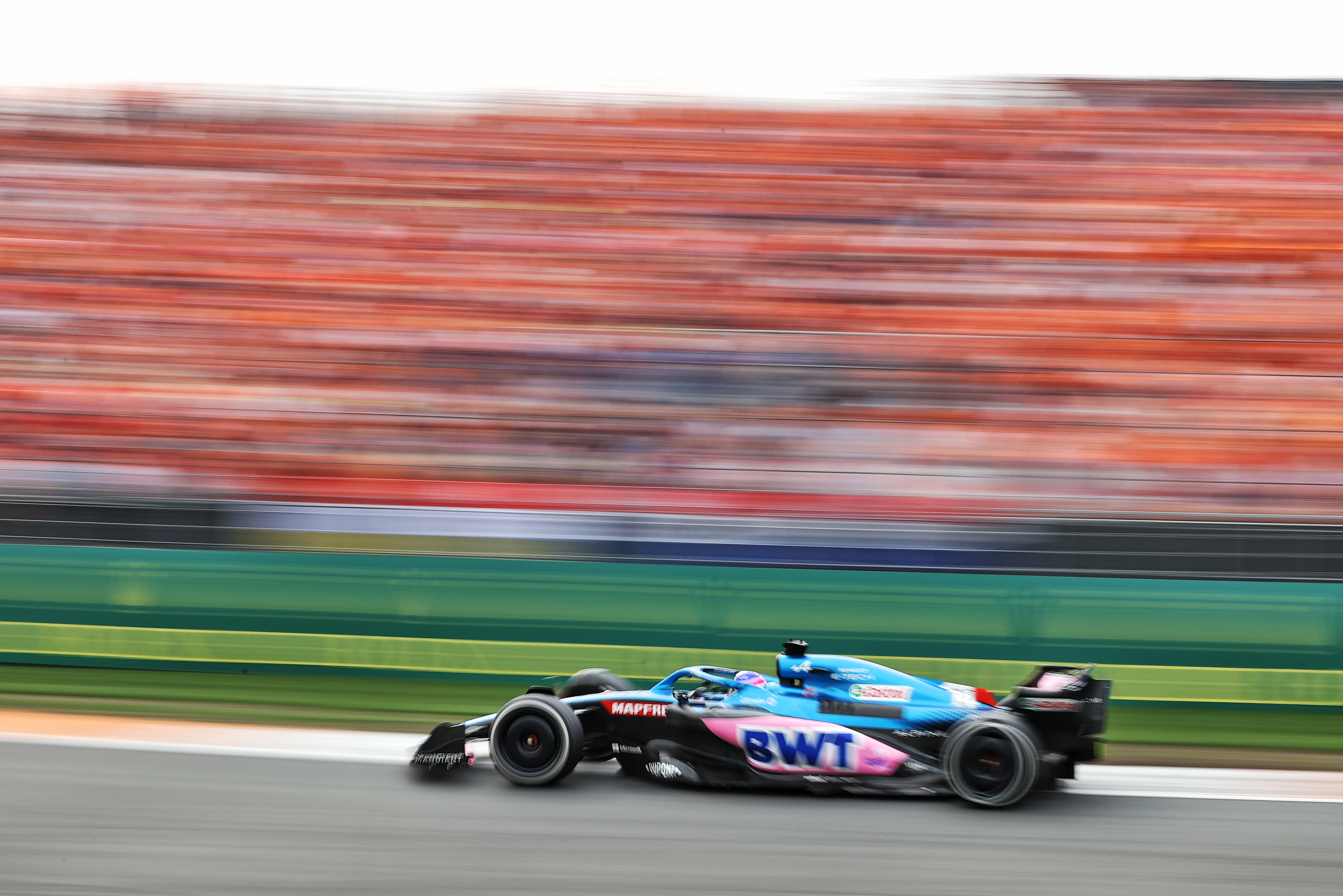
“It was 70 laps of qualifying because we could not relax at any point,” said Alonso.
“The start was good, but I lost places on the outside of Turn 1 so I had to fight very hard to recover some [places].
“Then we put the hard on and had to push very hard to make that middle stint work.
“We thought that it was a more relaxed part of the race with a good fresh tyre. Then came the safety car and we had to fight again, all the last 12 laps.”
This race drew a typical superlative from Alonso, who described it as “one of the best” of the season, and he admitted it was “very intense”.
Alonso benefitted more than Ocon from the safety car interruption because Alpine’s initial plan was to split strategies – with Ocon on a one-stop – before it decided it was best to pit him under the safety car.
Ocon felt more time was lost early on when he ran longer on the softs, and he was adamant that it could easily have been himself finishing sixth.
So while the significance of Alpine managing to get a double-points finish and outscore McLaren – which was yet again left with just Norris in the top 10 – was obvious after Norris had started five places ahead, there was a degree of minor selfish frustration on Ocon’s side.
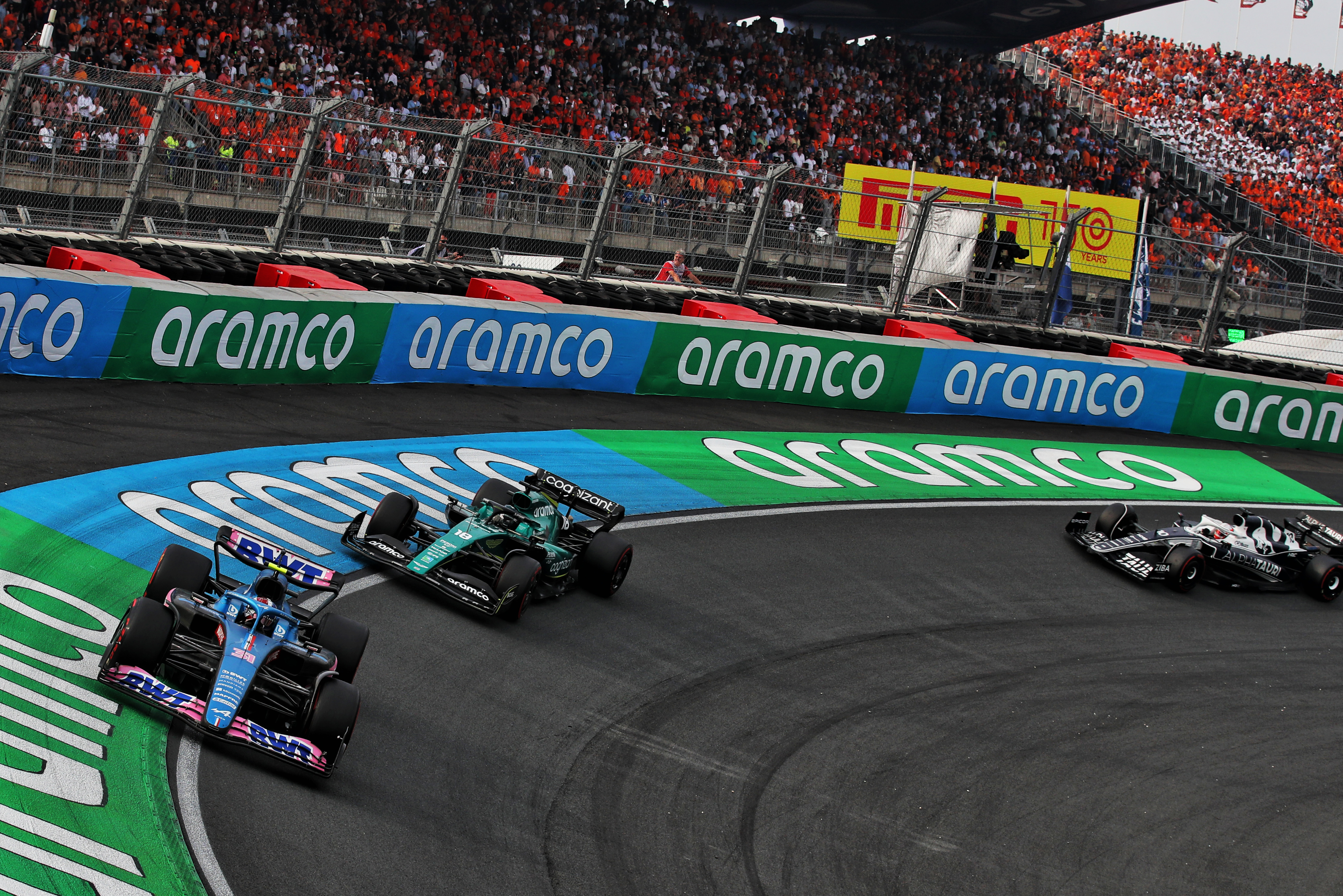
“Very, very satisfying,” he said.
“We were clearly not at ease this weekend in comparison to the McLarens and we still managed to outscore them so it’s very positive.
“But we could have outscored them more, that’s how I see it.”
McLaren has now slipped to 24 points behind Alpine in the championship and Daniel Ricciardo has scored just four points in the last seven races.
This race would likely have been a neutral one for the championship picture without the late safety car, which instead allowed Alpine to make a small four-point gain.
But as Norris was at least on for an Alpine-beating result, he was left eyeing silver linings afterwards.
“I am happy,” said Norris. “Of course it sucks to finish behind Fernando but I think we did a good job.
“The pace before the safety cars and everything was good and we would have finished ahead of them if that hadn’t happened. But I guess when you’re further back, you can always take more advantage and that’s what they did.
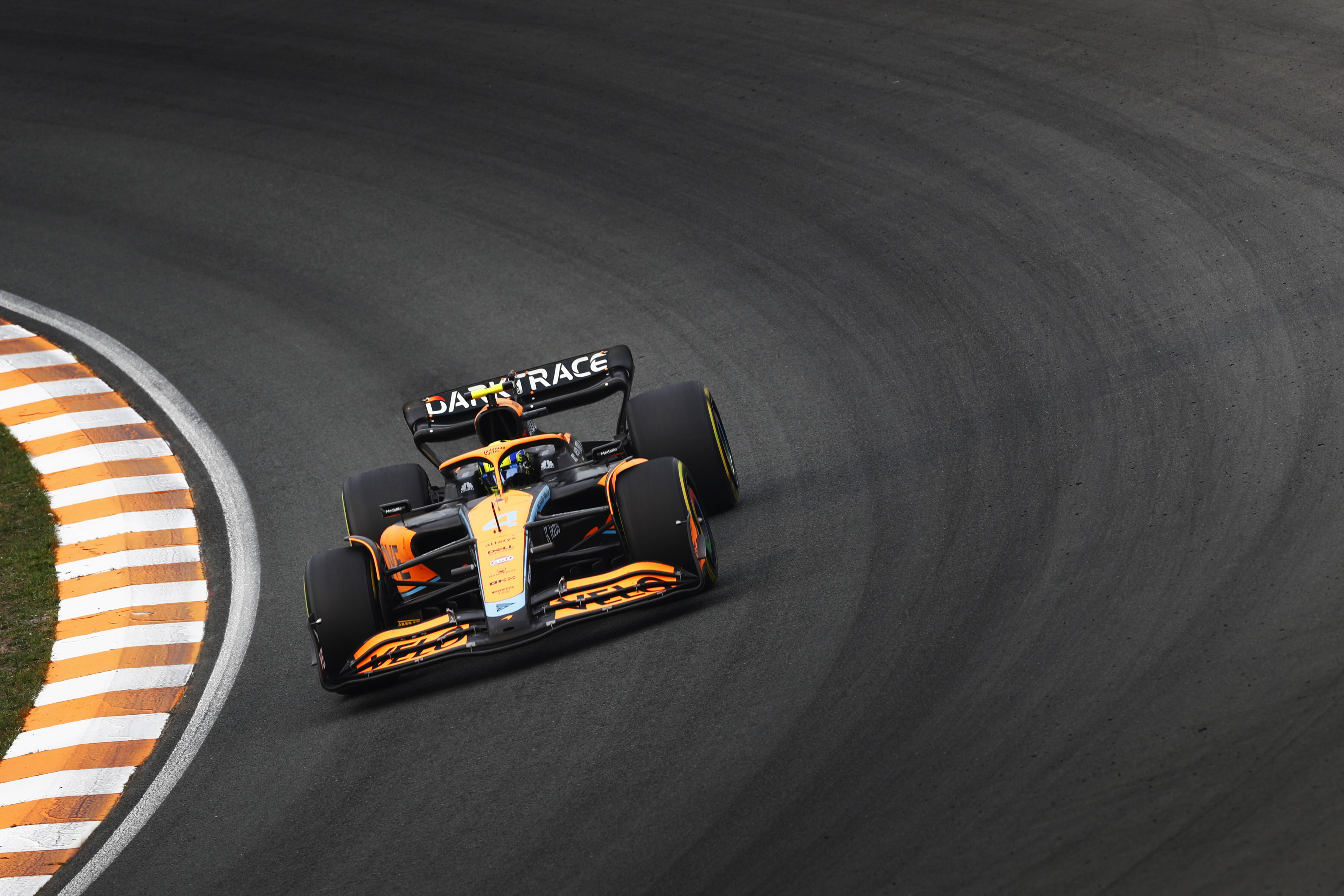
“Especially with two Alpines versus me, and with Fernando behind the wheel, it’s pretty difficult to keep both of them behind.
“We gave it a good shot. I think we still did a good job. I’m happy with the team, I think we made good decisions.
“It could have ended a lot worse, we could have had both Alpines ahead. So, it’s tough, but we did a good job.”


